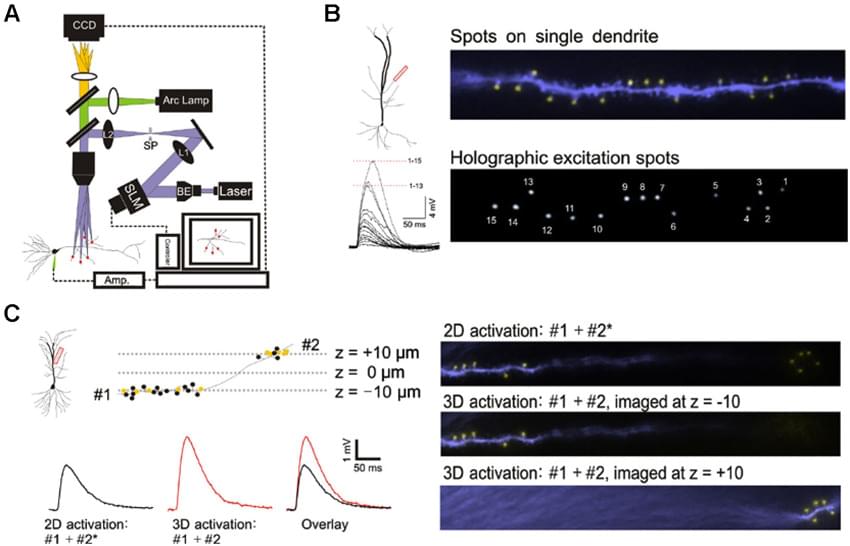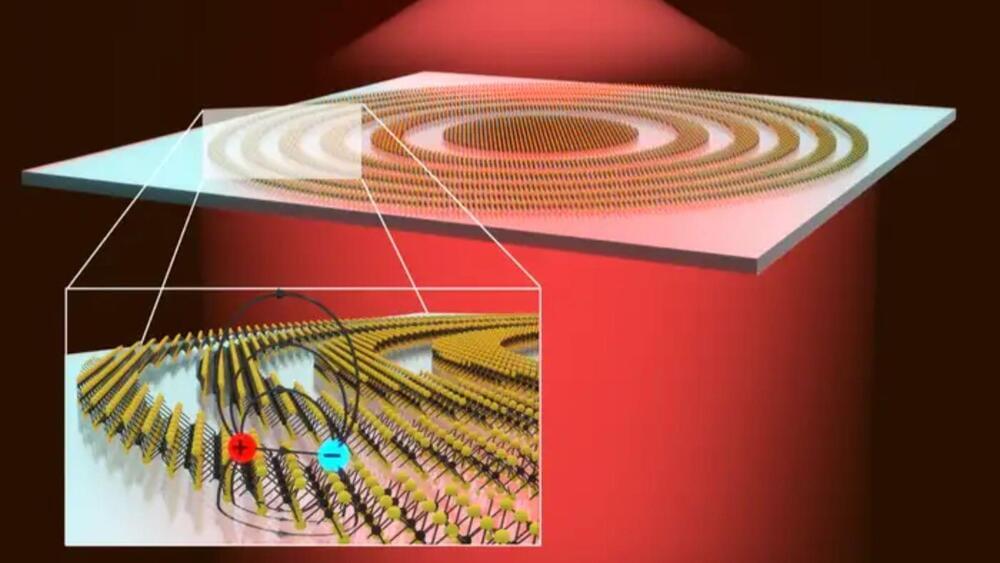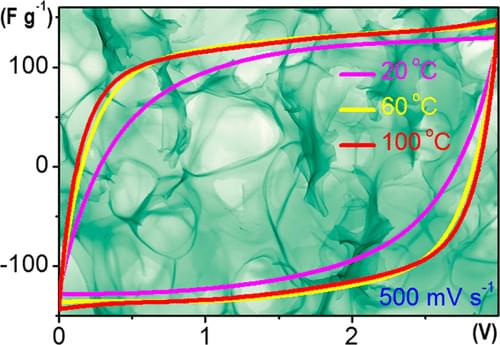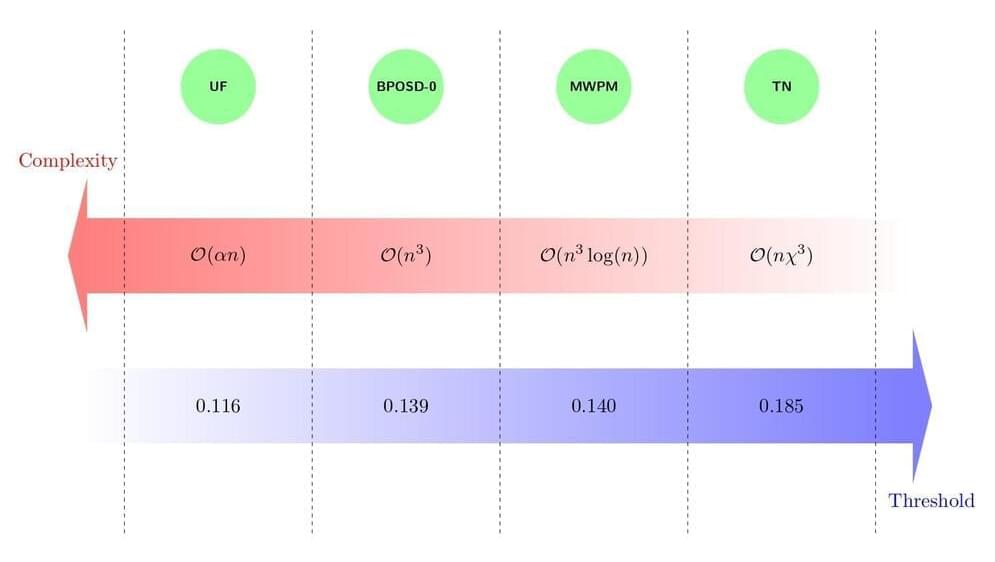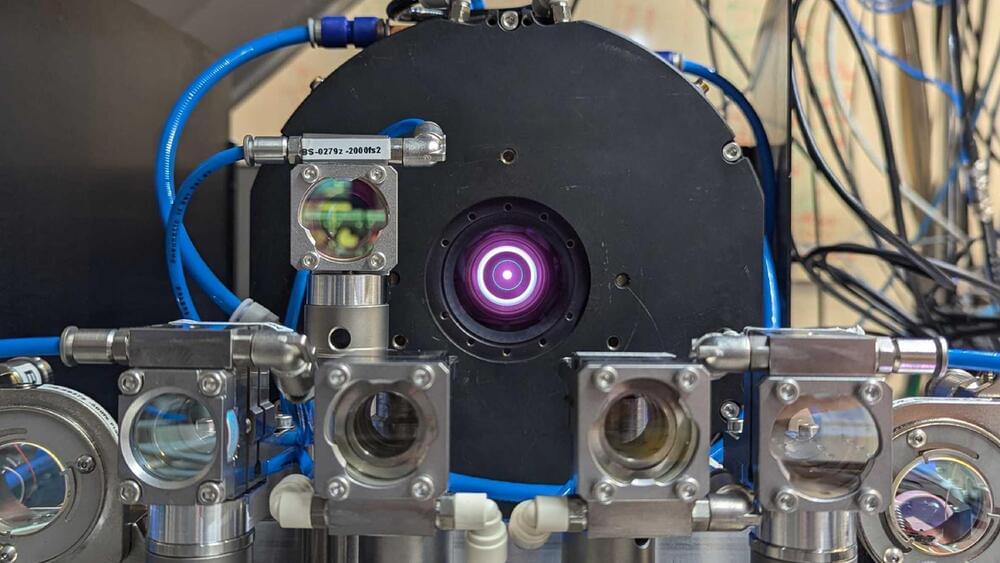1 Timothy 6:16 is one of the foundational verses for conditionalists. In it, we see a theological principle that we are not ready to relinquish in favour of popular teachings. It is the principle that God is the only being in the universe who has immortality; only God has Immortality His immortality is exclusive. In that respect, he is different from all other beings.
“The only One who has immortality, dwelling in unapproachable light; no one has seen or can see Him, to Him be honour and eternal might. Amen” (HCSB).
The verse is the second part of a doxology: a pause to praise the God of whom the author is writing. In its context, Paul is encouraging Timothy to keep pursuing eternal life to which he was called, but has not yet attained. It is a promise from the only one capable of making that promise: God, who alone possesses that thing that Paul urges Timothy to pursue.

